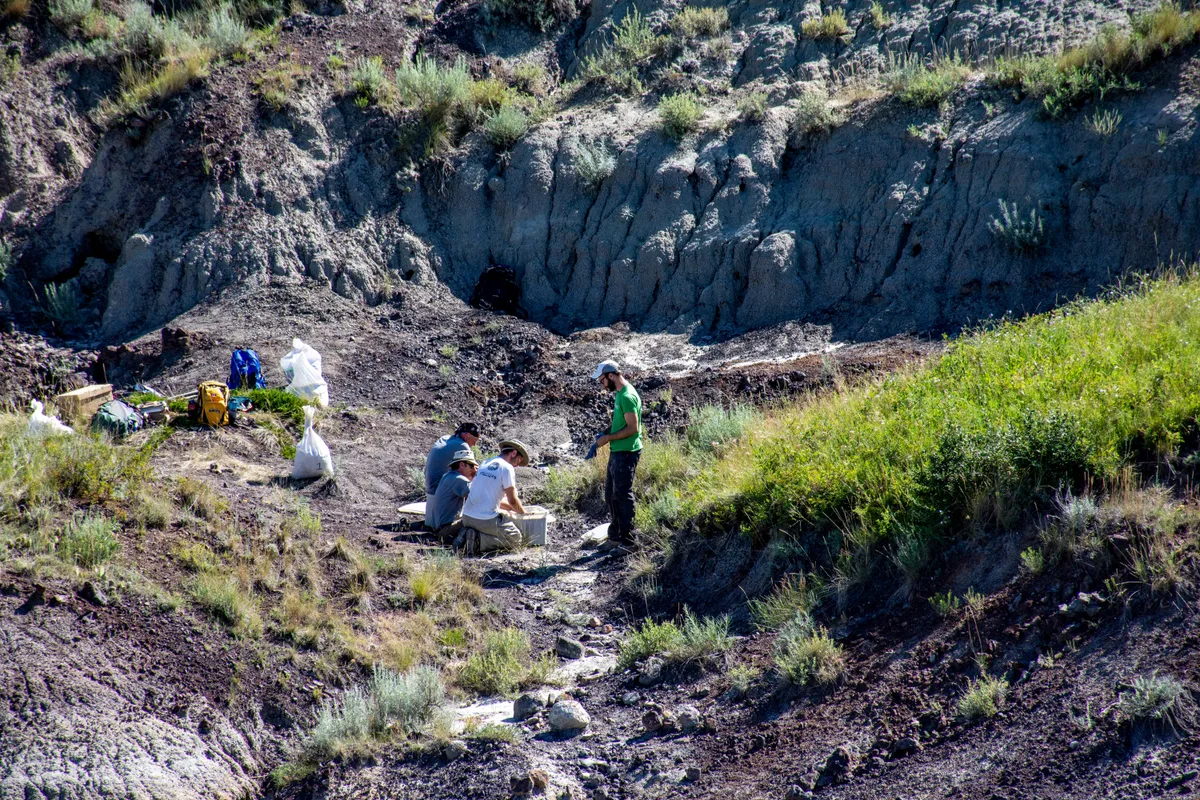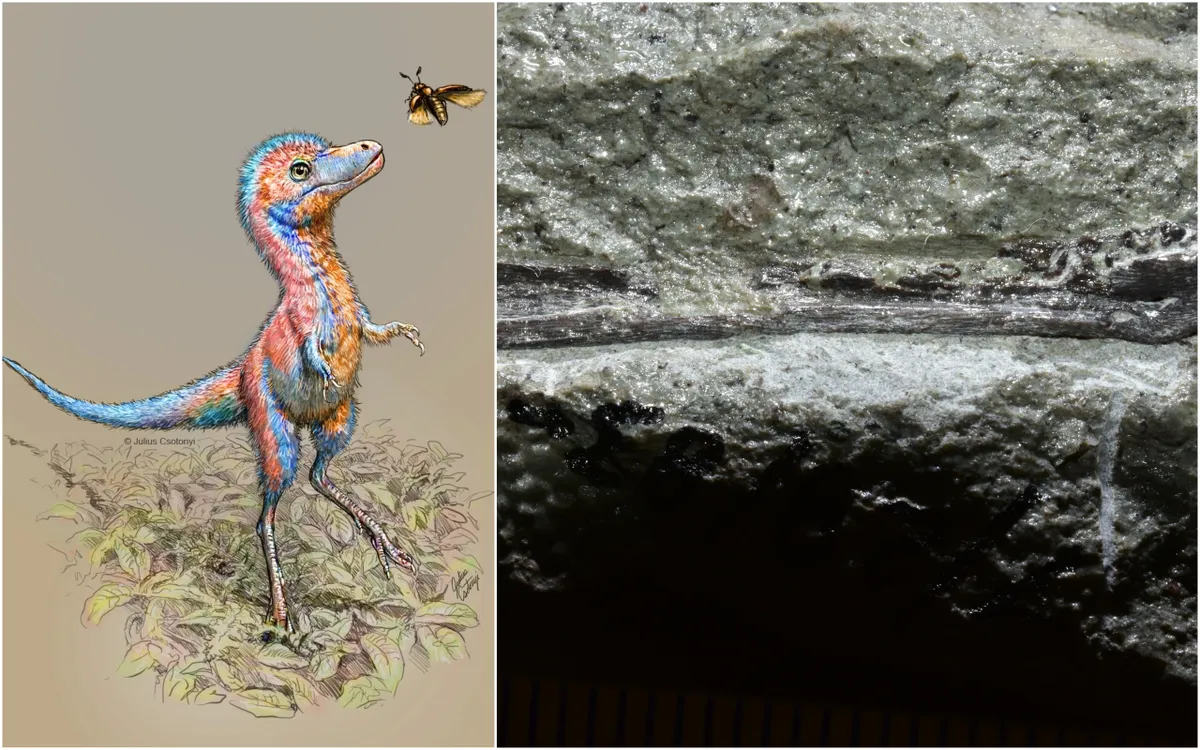Baby tyrannosaur dinosaurs were the largest ever hatchlings from eggs, a team of palaeontologists has discovered by studying embryo samples.Their findings suggest the creatures, which lived more than 70 million years ago, were around around 1 metre (3ft) long when they hatched, despite being able to grow to over 12m (40ft) long and weigh around 8000kg.
Led by Dr Greg Funston, a University of Edinburgh researcher, the team examined fossilised remains of a tiny jaw bone and claw which had been found in Canada and the US.
Published in the Canadian Journal of Earth Sciences,the study reveals that they belong to a baby tyrannosaur – cousin of the fabled T-rex – in 3D scans and are the first-known fossils of tyrannosaur embryos.
The work was supported by the Royal Society, Natural Sciences and Engineering Research Council of Canada, and National Science Foundation, involving researchers from universities of Alberta, Calgary, Montana State and Chapman who collaborated with the University of Edinburgh's School of Geosciences.

The team has also estimated that tyrannosaur eggs – remains of which have never been found – were around 43 centimetreslong.
Their analysis also revealed that the three-centimetre-long jaw bone possesses distinctive tyrannosaur features, including a pronounced chin, indicating that these physical traits were present before the animals hatched.

“These bones are the first window into the early lives of tyrannosaurs and they teach us about the size and appearance of baby tyrannosaurs," saidFunston.
“We now know that they would have been the largest hatchlings to ever emerge from eggs and they would have looked remarkably like their parents — both good signs for finding more material in the future.”
This work onembryotyrannosaur bones will help researchers refine their search for fossils of youngtyrannosaur babies.
Reader Q&A: Why were birds the only dinosaurs to survive the mass extinction?
Asked by: Edward Seymour, Hove
The asteroid that caused the extinction event at the end of the Cretaceous period struck Earth with 60,000 times the energy of the world’s entire nuclear arsenal. The atmosphere would have glowed red hot for several hours and all the large dinosaurs that couldn’t burrow underground or hide underwater were immediately roasted.
When the smaller species came out of hiding they found a charred landscape and the air so thick with soot and sulphur dioxide clouds that sunlight was almost completely blocked out for the next year. It was too dark for photosynthesis, so the herbivores died, then the carnivores.
Birds are descended from the maniraptoran dinosaurs but they had two important adaptations that helped them survive. First, they had beaks instead of teeth, which allowed them to crack open seeds and nuts buried in the topsoil.
Second, their relatively large skull capacity suggests that they were more intelligent than the other reptiles. They may have lived in more complex social groups that could cooperate and adapt to find new food sources in the radically different post-apocalyptic landscape. This allowed them to eventually outcompete any other species of small dinosaur that might have survived the initial impact.
Read more:

